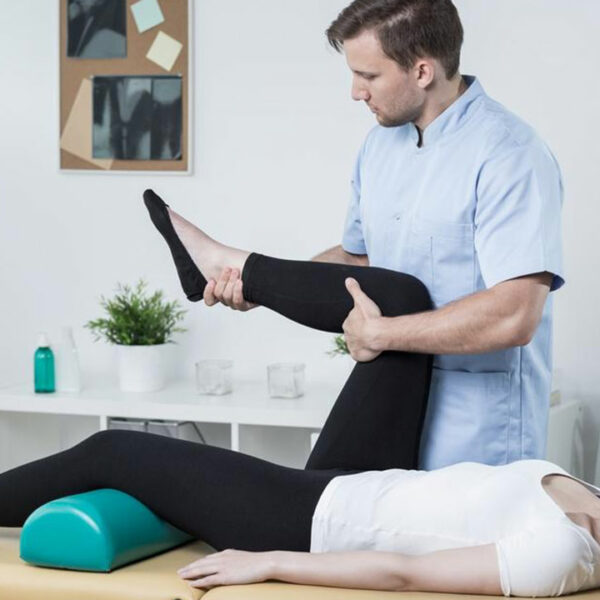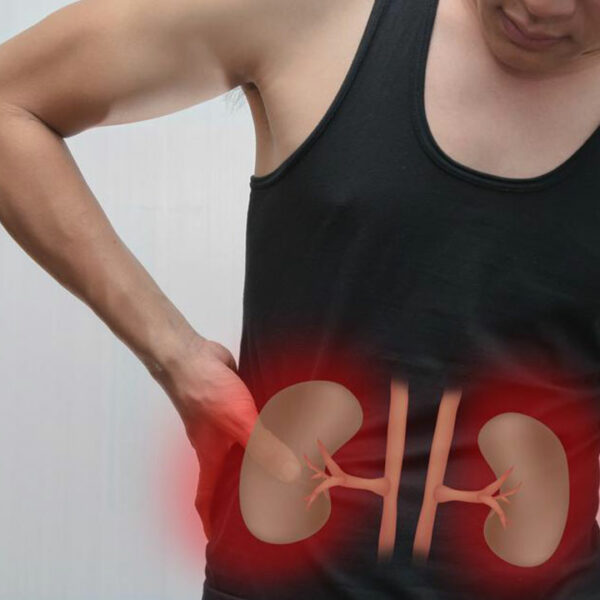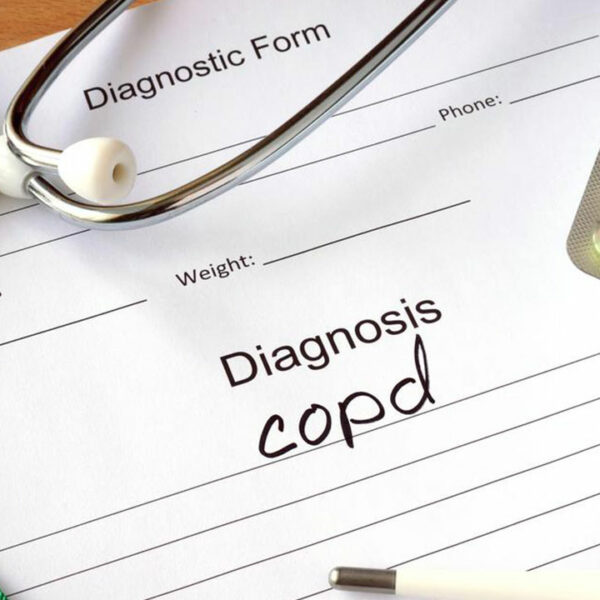
A Brief Overview of Huntington’s Disease
Huntington’s disease where the mental ability of the individual gets affected is a genetic disorder. It is characterized by neurodegeneration that leads to a gradual loss of neurons. Uncoordinated body movement, degradation in the reasoning ability, and memory loss are other common symptoms of this disease. It is named after George Huntington, who conducted extensive research to give a more accurate description of this disorder. A dominant mutation in the Huntington gene causes this disease which belongs to the noncurable category. Proper treatment can only alleviate the problem and make it more manageable. The onset of Huntington’s disease usually takes place after the age of 30 years. However, a patient having a family history of this ailment may show signs even before 20 years of age. The symptoms of Huntington’s disease include: Initial stage – In the beginning, there can be slight uncoordinated movements, decreased cognitive ability, aggression, and depression. A person may make mistakes while performing even the simplest of tasks. This stage often gets ignored due to lack of awareness. Intermediate stage – By the time the individual finds out abnormalities in his behavior, the disease reaches the second stage. The symptoms get aggravated and include involuntary actions (chorea), sleep disorders, and distorted speech.









